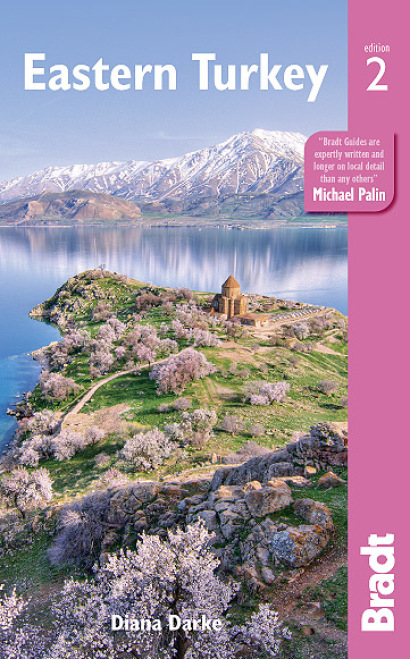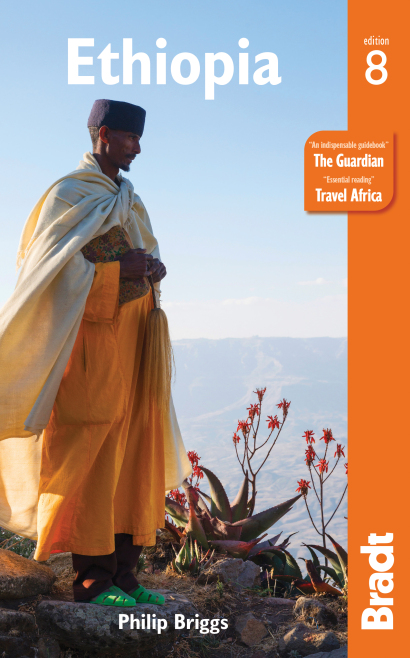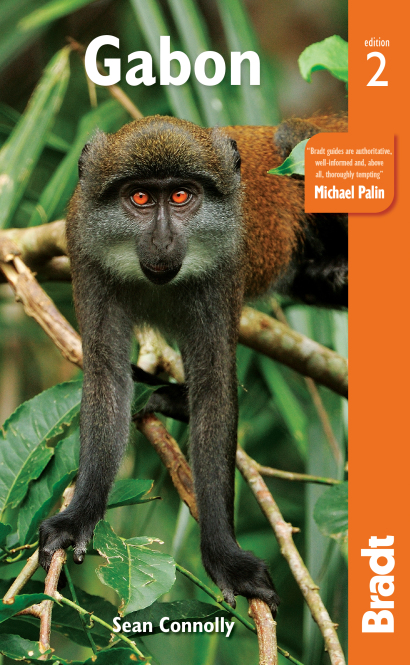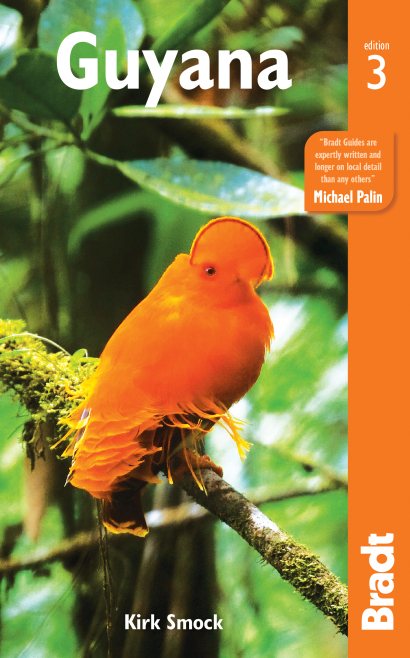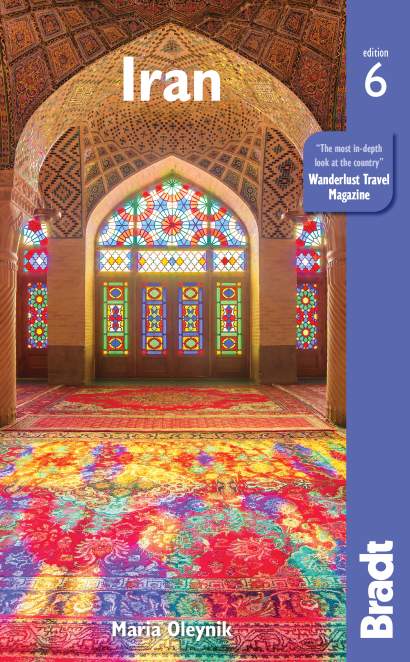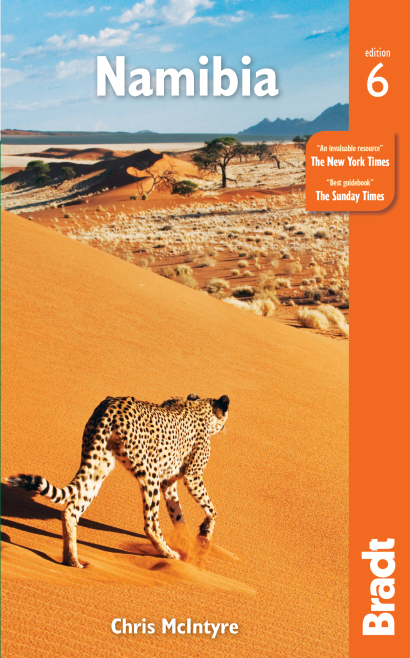From marble caves to fairy chimneys, how many of the world’s most impressive geological features have you visited?
Khara Salt Lake, Iran
Just over 100km from Esfahan, Varzaneh is possibly the only place where on approach you can see three natural phenomena together – sand dunes, shimmering in the sun, on the white surface of the salt lake, the wetlands and a volcanic mountain rising in the middle.
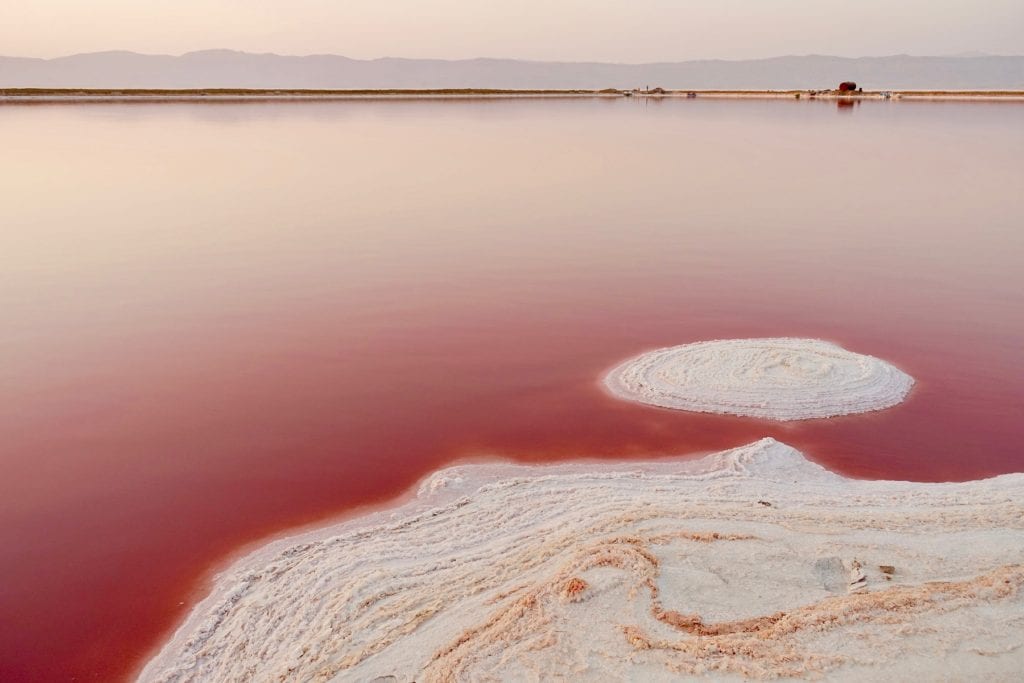
The basalt volcanic mountain is climbable and views from the top are spectacular.
Danakil Depression, Ethiopia
Officially the hottest place in the world, and the lowest point on the African continent, the Danakil Depression, a volcanically hyperactive stretch of the northern Rift Valley, doesn’t conform to conventional notions of chocolate-box prettiness.
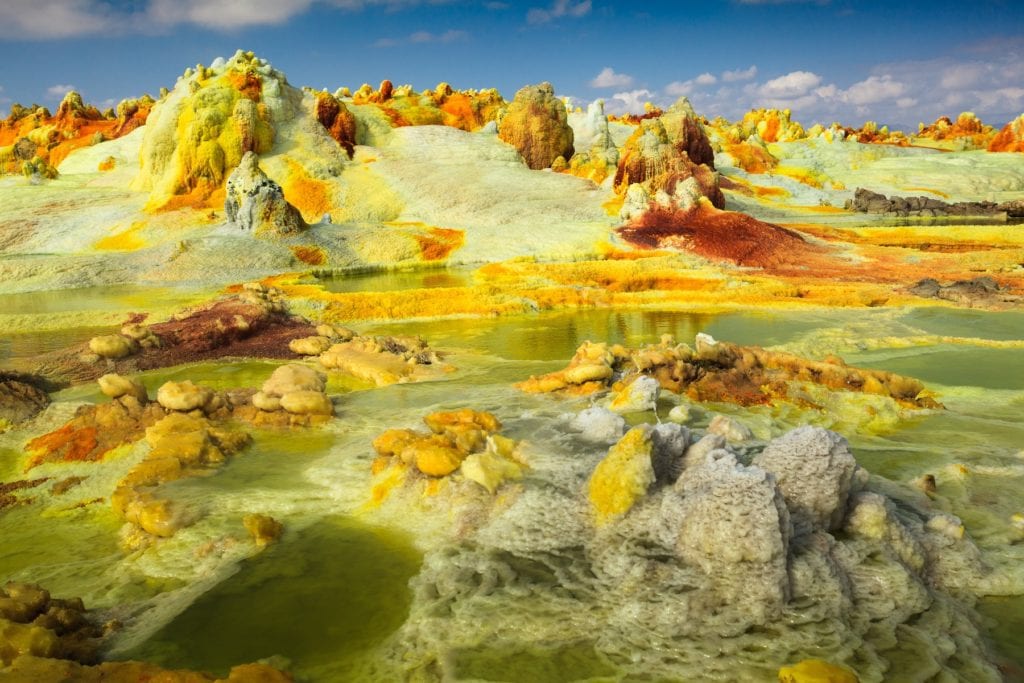
Its stark scenic highlights include live lava lakes, sulphurous multi-hued geysers, and remote salt pans that have been mined for centuries by the hardy Afar people.
Mount Roraima, Guyana/Brazil/Venezuela
Some two billion years old, nine miles (14 km) long and 9,222ft (2,810m) at its highest point, Mount Roraima is the granddaddy of the tepuis, or tabletop mountains, found in the Highlands of the Guiana Shield. The towering sandstone plateau that rises sharply from the surrounding savannas and forests also marks the point where the three national boundaries of Guyana, Brazil and Venezuela meet.
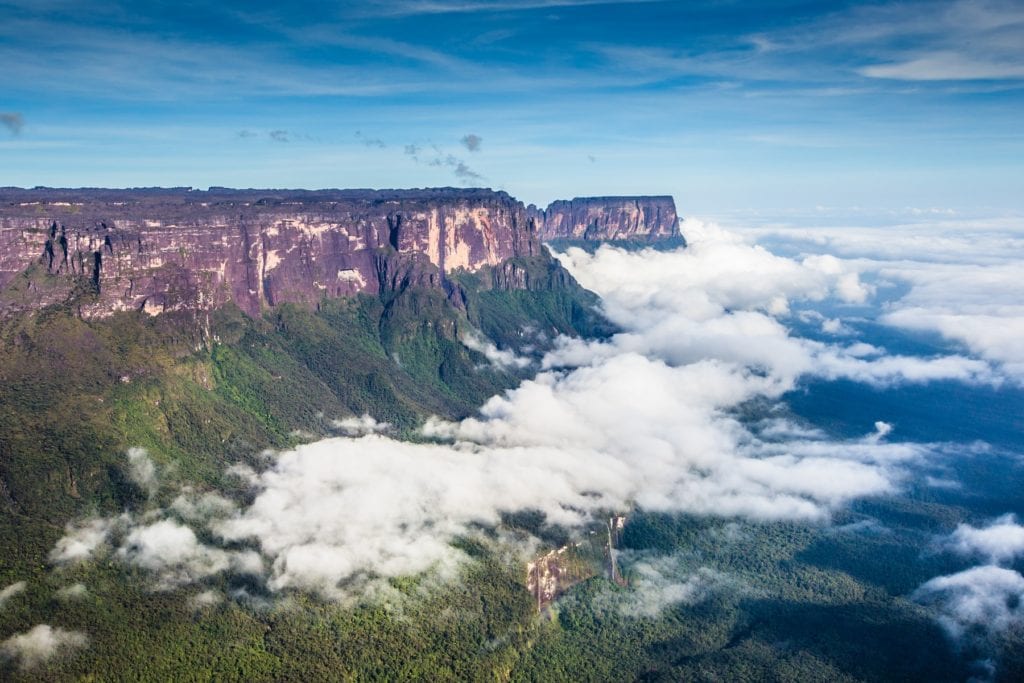
The strange and unique ecosystem found on top of Mount Roraima is widely believed to have provided inspiration for Sir Arthur Conan Doyle’s The Lost World. With nearly daily rains that often come in torrents, and a surface that is almost entirely bare sandstone rock, conditions for supporting life on Mount Roraima are extremely harsh.
Cappadocia, Turkey
A region of strange rock formations and painted cave churches, the wild fairy-cone landscapes of Cappadocia are one of the most intriguing sights in eastern Turkey, and one of the world’s most impressive geological features. Following the eruption of three volcanoes – the 3,916m Mount Erciyes near Kayseri, the 3,268m Hasan Dağı near Aksaray and the 2,963m Melendiz Dağı near Niğde – over 30 million years ago, the volcanic ash consolidated into a soft porous rock called tufa, which covered an area of about 4,000km².
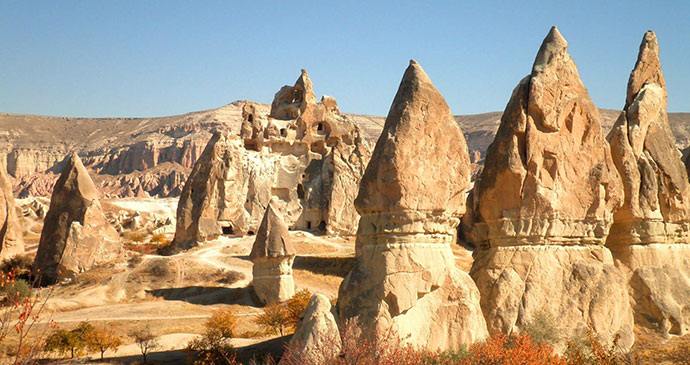
The soft tufa eroded during millennia of wind, snow and rain, but where it was protected by a harder block of stone above, the result was the curiously shaped fairy chimneys or cones you see today, some standing as much as 50m high and often still capped by the protecting fragment of hard stone.
Tsingy de Bemaraha, Madagascar
Protecting its largest area of tsingy – the razor-sharp pinnacles produced by erosion of limestone massifs by acidic rain – this 158,000ha national park is one of the wonders of Madagascar and has rightly been recognised as a UNESCO World Heritage Site.
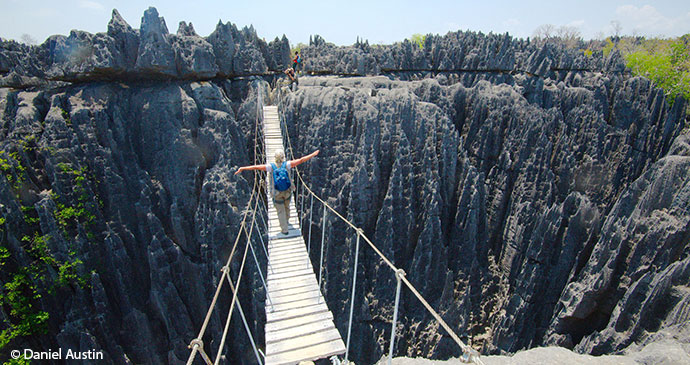
The awe-inspiring grey forest of rock pinnacles is matched by the care with which walkways have been constructedto allow visitors to see this place in safety. Steps, boardwalks, ladders, cables and suspension bridges have been installed with phenomenal expertise to form a pathway allowing tourists to explore the tsingy in safety. Amid all this grey are splashes of green from the pachypodiums and other strange succulents which find footholds in the crevices.
Fish River Canyon, Namibia
At 161km long, up to 27km wide, and almost 550m at its deepest, the Fish River Canyon is arguably second in size only to Arizona’s Grand Canyon – and is certainly one of Africa’s least-visited wonders.
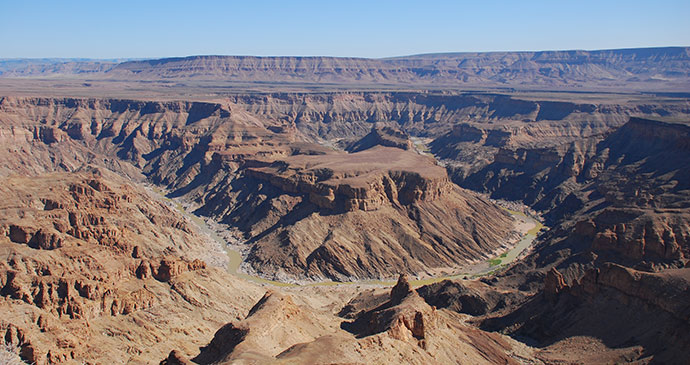
The base rocks of the Fish River Canyon, now at the bottom nearest the river, are shales, sandstones and lavas that were deposited about 1,800 million years ago. Later, from 1,300 to 1,000 million years ago, these were heated and strongly compressed, forming a metamorphic rock complex, which includes intrusive granites and, later, the dolorite dykes that appear as clear, dark streaks on the canyon.
Cirques de Léconi, Gabon
Collectively known as the Cirques de Léconi, or Léconi Canyons, the remote area in Gabon is home to three canyons, individually named after their colours: Canyon Rouge (red), Canyon Blanc (white) and Canyon Vert (green).
According to local belief, the eroded landforms house numerous spirits and those who enter will never return. Strictly speaking the formations here are not canyons, but semicircular craters (cirques), with knobbly fingers of rock poking up from the crater floor, and clumps of tall trees interspersed between them. At sunset the rocks spectacularly glow red and gold.
Seven Coloured Earths, Mauritius
On a private estate just south of Chamarel village are the Seven Coloured Earths of Chamarel, which have formed via the decomposition of volcanic rock into clay.
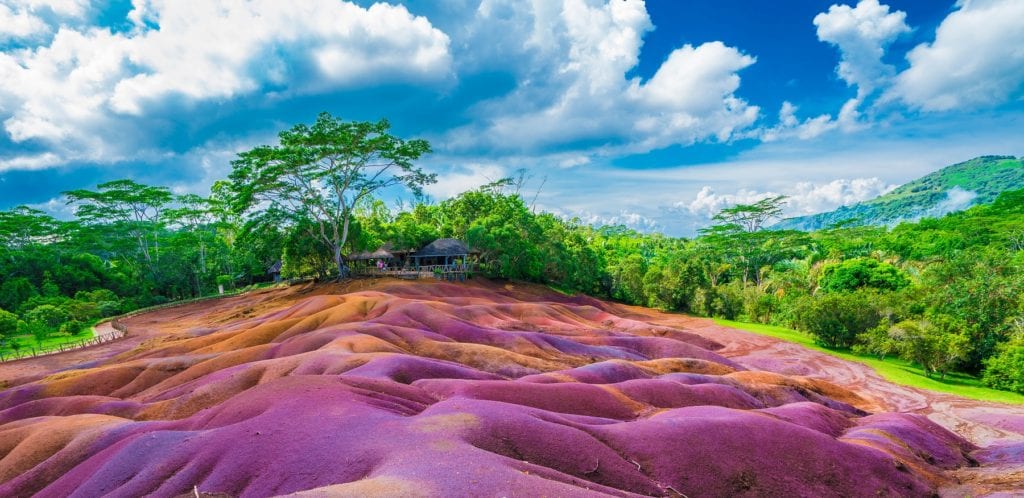
The colours are predominantly red, brown, yellow and purple, with some violet, green and blue, and are best seen with the sun on them.
Makgadikgadi Pans, Botswana
Makgadikgadi Pans are amongst the largest salt pans in the world and have few landmarks. So you’re left to use the flat, distant horizon as your only line of reference – and even that dissolves into a haze of shimmering mirages in the heat of the afternoon sun.
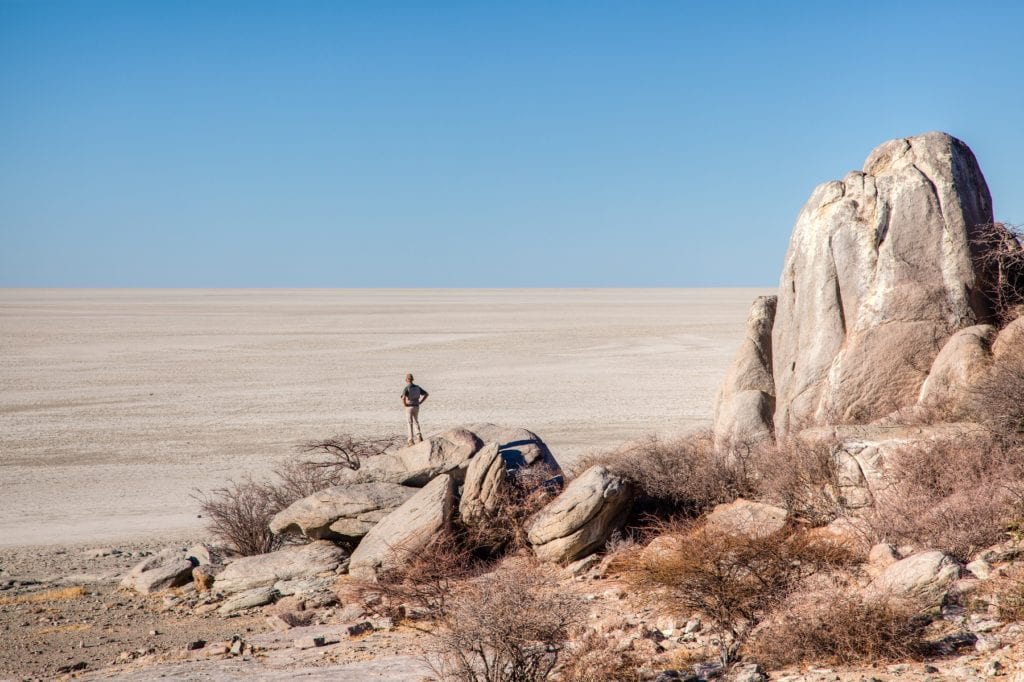
During the rains this desolate area comes to life, with huge migrating herds of zebra, wildebeest, and occasionally (if the pans fill with water) pelicans and millions of flamingos. A couple of odd outcrops of isolated rock in and around the pans add to their sense of mystery, as well as providing excellent vantage points from which to view the endless expanse of silver, grey and blue.
Marble caves, Chile
The glacial waters of Lago General Carrera in Chile have eroded the limestone walls surrounding this section of the lake close to Puerto Río Tranquilo over centuries to form unusual, Salvador Dali-esque caves. These structures appear almost to have melted into the water, supported by frozen-in-time lava-like columns which disappear into the watery base of the caves.
Some of the caves are large enough for small boats to sail into them and, on a sunny day, the light reflects off the cave walls and from the relatively shallow pools at the bottom of the caves creating surreal ripple-like patterns along the walls while the water itself reflects in myriad shades of turquoise.
Discover more in our comprehensive guides:
